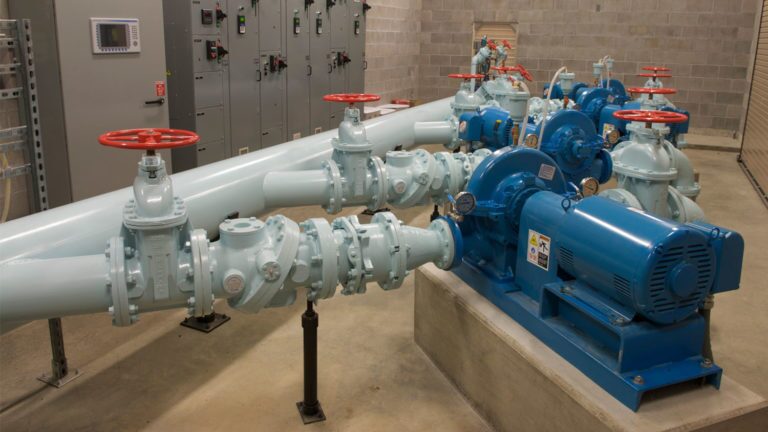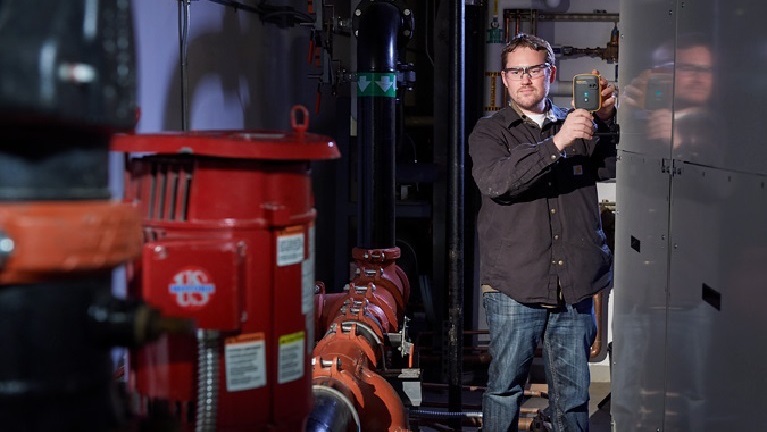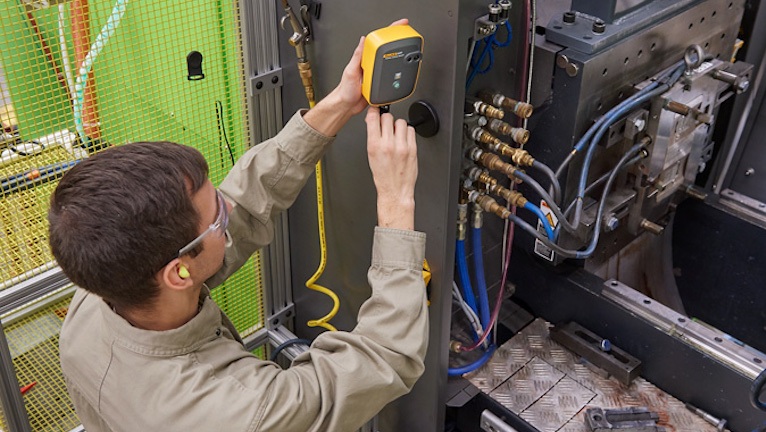Pairing the P-F Curve with Condition Monitoring
The P-F Curve is a concept illustrating an asset’s progression toward failure. The X-axis of the chart represents the time to failure, beginning with an asset’s design and installation, and the Y-axis represents an asset’s resistance to failure.
Potential failure, or PF, is a detectable state of failure, or the point when degradation begins. Functional failure, or FF, is when the asset has reached a failed state or no longer performs as intended. The most important part of the P-F Curve is the P-F Interval, which represents the time between when potential failure is detected in an asset and when it functionally fails. The length of the P-F Interval is largely determined by the frequency of inspection and the technology deployed to detect failure.
Methods used to identify failures
Technologies used can include (in order of how early they can detect failure):
- Oil analysis
- Ultrasound
- Vibration
- Thermography
- Motor testing
- Physical inspection
The earliest indicators may detect failure before it makes sense to act, while later indicators may not detect failure soon enough to prevent damage. The idea is to detect failures when they are actionable but still early, so you can plan the most advantageous time to correct problems. When used alongside condition monitoring, the P-F Curve allows you to do more than react.
 Maximizing uptime with the P-F Curve
Maximizing uptime with the P-F Curve
Condition monitoring occurs when assets are continuously screened, meaning you are alerted to any changes in how they are operating. This gives you time to plan and schedule maintenance actions before failure or downtime happens. The real-time data provided by condition monitoring lets you track your assets as they progress along the P-F Curve. Over time, as you learn how your assets fail, you will be able to optimize your maintenance program, maximize your uptime, and give your organization a competitive edge.
If you’re interested in learning more about the P-F Curve or Condition Monitoring, please visit fluke.com/conditionmonitoring.






